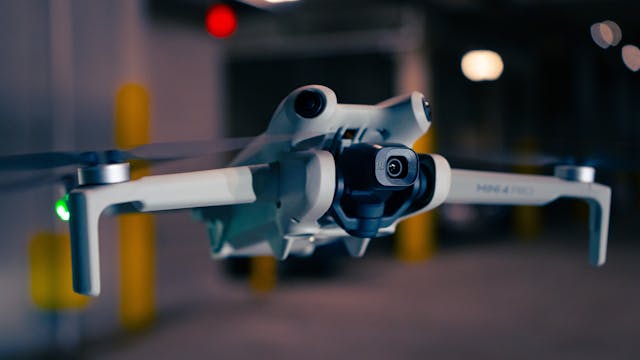It’s all about 100g now!

The UK government has announced a major update to its drone laws: from 1 January 2026, anyone flying a drone that weighs more than 100 grams will need to register with the Civil Aviation Authority (CAA). The move reduces the current threshold of 250 g to just 100 g, bringing most consumer drones — even lightweight models — under mandatory registration.
What’s Changing
Until now, only drones weighing over 250 g required a Flyer ID and Operator ID. Under the new rules, those same requirements will apply to smaller aircraft. To obtain a Flyer ID, pilots must pass a free online test covering basic air safety and drone law. The test takes only a few minutes, requires a score of at least 75%, and is valid for five years. Pilots under 13 will still need parental supervision to register.
The update also includes Remote ID obligations. This means drones capable of broadcasting identification and location data must do so while flying — a step designed to improve airspace accountability and public safety. Most new drones already have this feature built in.
Impact on Popular Models Like the DJI Mini series including the DJI 5 Pro

Although the new threshold is a big change, owners of drones like the DJI Mini 5 Pro won’t notice much difference. That model weighs roughly 252 g, which already placed it above the existing 250 g cutoff. However, the new rule eliminates any confusion for people flying smaller, lighter drones that previously sat just below the limit.
This also brings the UK in line with Japan, which already enforces registration for drones above 100 g. Other major markets — including the US, EU, and Canada — are sticking with the traditional 250 g exemption, at least for now.

Why the Change Matters
By lowering the threshold, the UK aims to ensure even small drones can be traced if something goes wrong. Regulators argue that lightweight drones are now powerful enough to pose privacy or safety concerns, especially in urban areas.
For manufacturers, however, this could complicate design and compliance. Many brands have worked hard to keep their drones under 250 g to appeal to hobbyists who prefer to avoid registration. With the new UK rule, those weight advantages lose much of their meaning.
The Bottom Line
The new 100 g limit represents a tougher stance on drone accountability. The registration process remains simple and free, but the reach of regulation will now cover nearly all drones capable of controlled flight and video recording.
In short, if you fly in the UK — whether recreationally or for work — expect to register even your smallest aircraft from January 2026.
Sub-250 g Drones Remain in the Open Category

Drones under 250 grams will continue to qualify for use in the Open Category, which is the least restrictive airspace classification.
That means:
- No formal training course is required.
- No Flyer ID is needed unless the drone has a camera (then a simple online test applies).
- You can fly close to people, though not directly over crowds.
- You don’t need an operational authorisation (like you would in the Specific Category).
So, recreational flyers using ultra-light drones such as the DJI Mini 4 Pro, Mini 2 SE, or similar will still enjoy freedom to fly almost anywhere permitted by local laws.
So here is a link to some of the questions you might be asked : https://skyviation.uk/the-drone-registration-practice-test/

Comments are closed